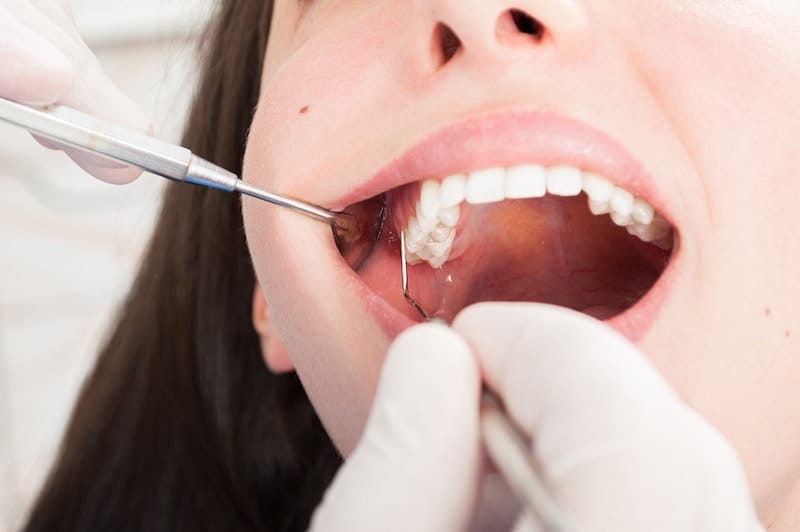Chewing tobacco is one the oldest ways of consuming tobacco leaves. Chewing tobacco comes in 3 different varieties: Loose leaf, pellets and plug. Regardless of what type you use you still have chance of oral cancer.
A historian (A History of the United States since the Civil War Volume: 1. by Ellis Paxson Oberholtzer ) of the south american in the late 1860s reported on typical usage in the region where it was grown, paying close attention to class and gender:
“The chewing of tobacco was well-nigh universal. This habit had been widespread among the agricultural population of America both North and South before the war. Soldiers had found the quid a solace in the field and continued to revolve it in their mouths upon returning to their homes. Out of doors where his life was principally led the chewer spat upon his lands without offence to other men, and his homes and public buildings were supplied with spittoons. Brown and yellow parabolas were projected to right and left toward these receivers, but very often without the careful aim which made for cleanly living. Even the pews of fashionable churches were likely to contain these familiar conveniences. The large numbers of Southern men, and these were of the better class (officers in the Confederate army and planters, worth $20,000 or more, and barred from general amnesty) who presented themselves for the pardon of President Johnson, while they sat awaiting his pleasure in the ante-room at the White House, covered its floor with pools and rivulets of their spittle. An observant traveller in the South in 1865 said that in his belief seven-tenths of all persons above the age of twelve years, both male and female, used tobacco in some form. Women could be seen at the doors of their cabins in their bare feet, in their dirty one-piece cotton garments, their chairs tipped back, smoking pipes made of corn cobs into which were fitted reed stems or goose quills. Boys of eight or nine years of age and half-grown girls smoked. Women and girls “dipped” in their houses, on their porches, in the public parlours of hotels and in the streets”.
Oral leukoplakia (white plaques) is a common physical finding in 40-50% of people who use smokeless tobacco. Oral leukoplakia is a premalignant lesion, with the risk of malignant transformation to oral cancer varying in relation to the product used. In relation to snuff products, differences in the tobacco species, fermentation processes, nicotine content, tobacco-specific N -nitrosamines content, and pH may account for the differences in the reported risk.
Individuals who use chewing tobacco have significantly more decay on the crowns and roots of their teeth than do non-tobacco users, according to a report presented at the annual meeting of the American Association for Dental Research.
As dental care provider it is my responsibility to let you know of the risks. This is why we do oral cancer screening at our office.
Unfortunately sometimes these informations are repeated so many times that we take it for granted but recently I came across a new site that moved me and I saw the urgency of posting it on our facebook, twitter and Blog. Please be advised if you go to the specific website you will be exposed to some very graphic and disturbing pictures!
I hope this helpes you or someone you know realize the importance of tobacco cessation.


